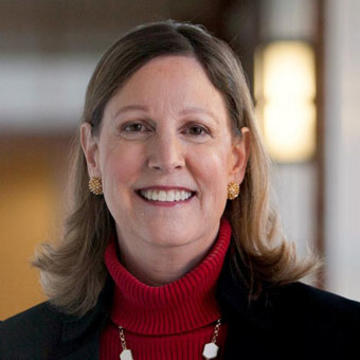A Supreme Court that 'looks like America'
What exactly does that mean? asks Presidential Studies Director Barbara Perry
Read the full article at The Hill
Contemplating my dissertation topic in the mid-1980s, the concept of seats on the nation’s highest tribunal reserved for religious minorities caught my eye after reading a book on Jewish justices. No such study existed on Roman Catholic Supreme Court membership, so I proposed to undertake original research on the subject.
One of my professors nixed the idea because only seven Catholic justices had served. He died before seeing the number grow over the past three decades to 15, six of whom (Antonin Scalia, Anthony Kennedy, Clarence Thomas, John Roberts, Samuel Alito and Sonia Sotomayor) served together from 2009 to 2016. I broadened my study to include seats filled based on religion, race and gender and later wrote a book on the subject.
President Biden’s vow to fulfill his 2020 campaign pledge to place the first Black female justice on the court undoubtedly will spark criticism from opponents who declare that merit should be the only criterion for choosing members of America’s most powerful judicial body. Yet such arguments, while correct that intellect, education and experience should be paramount, overlook the long history of other factors in naming justices. Obviously, ideological kinship between nominees and their appointing presidents has always been a key consideration, but representative characteristics have shaped nominating decisions since the republic’s earliest days.
